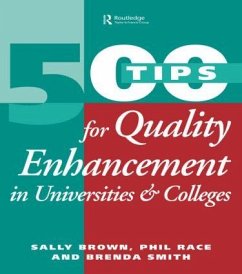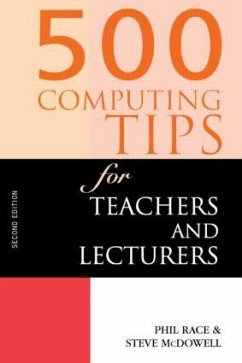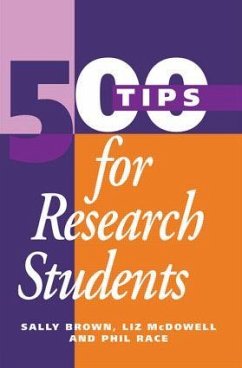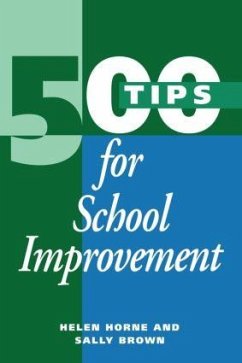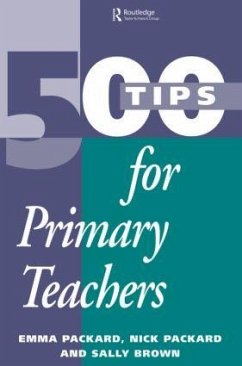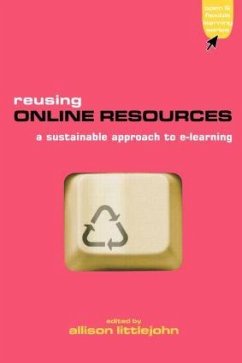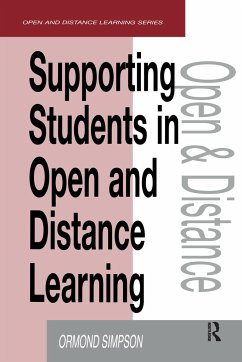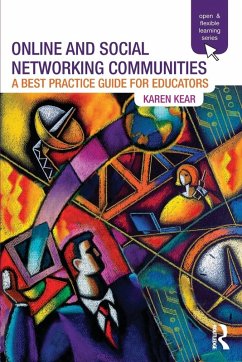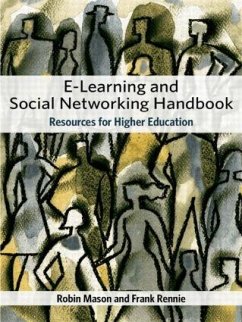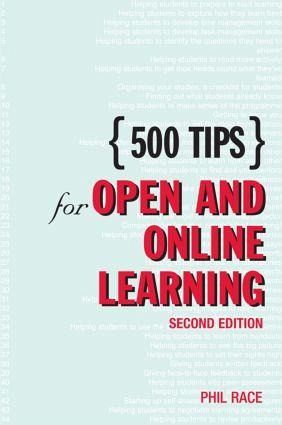
500 Tips for Open and Online Learning
Versandkostenfrei!
Versandfertig in 1-2 Wochen
36,99 €
inkl. MwSt.
Weitere Ausgaben:

PAYBACK Punkte
18 °P sammeln!
All types of organisations have recognised the growing demand for open and flexible learning programmes. With the increased emphasis on new ways of learning, and the rapid move towards open and online courses, this practical guide will help those involved overcome the challenges they face. This guide provides user friendly advice and support for those currently involved with open learning and those considering it for the first time. 500 Tips for Open and Online Learning aims not only to save you time but also to enhance the quality of the learning experience which learners will draw from open ...
All types of organisations have recognised the growing demand for open and flexible learning programmes. With the increased emphasis on new ways of learning, and the rapid move towards open and online courses, this practical guide will help those involved overcome the challenges they face. This guide provides user friendly advice and support for those currently involved with open learning and those considering it for the first time. 500 Tips for Open and Online Learning aims not only to save you time but also to enhance the quality of the learning experience which learners will draw from open and online learning. The book is divided into six sections which cover: * What is Open and Online Learning, why use it and how? * How to set up Open and Online learning programmes * Designing new resource materials * Putting technology to work * Supporting open learners * Assessing open learning This practical book will be an invaluable resource, providing immediate and accessible help to the increasing number of people now under pressure to design, support and deliver open learning programmes. This book will appeal to tutors, trainers, managers of learning resource centres and curriculum developers who are already involved in, or thinking about starting to use, aspects of open learning.





